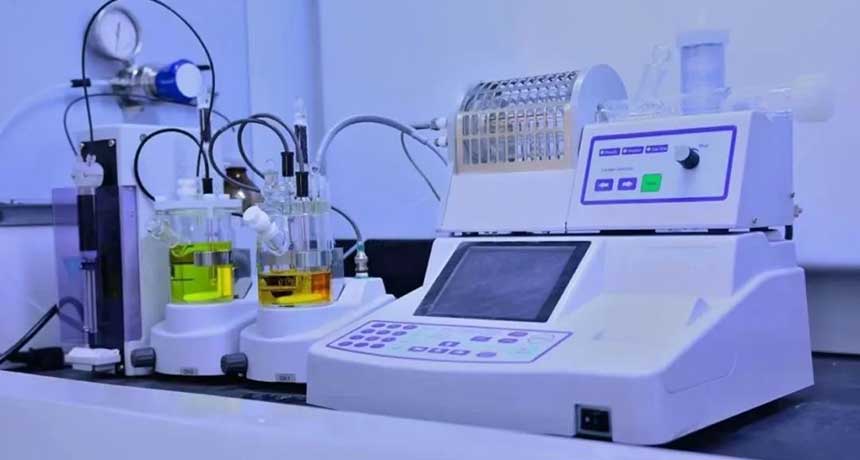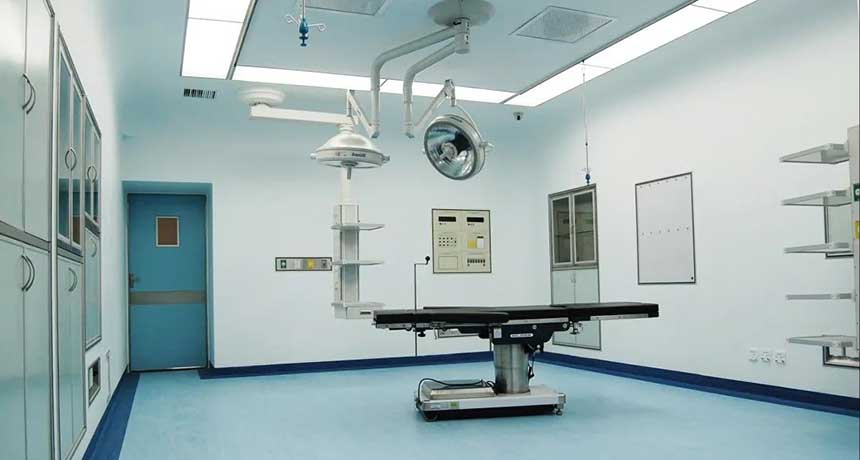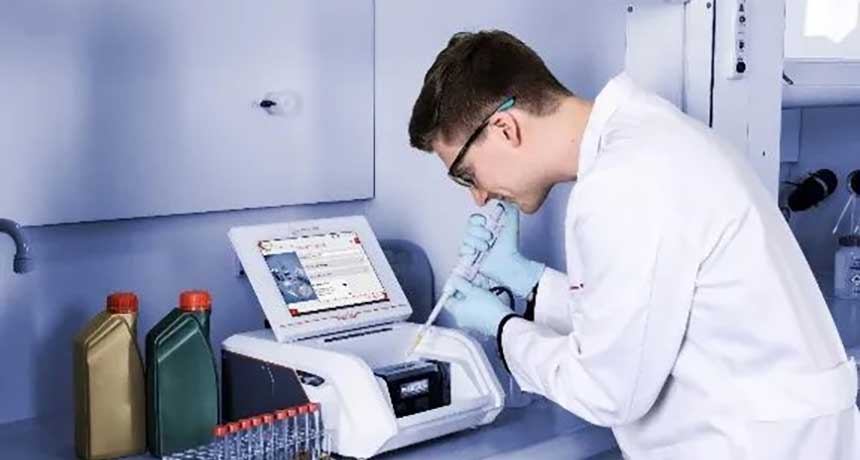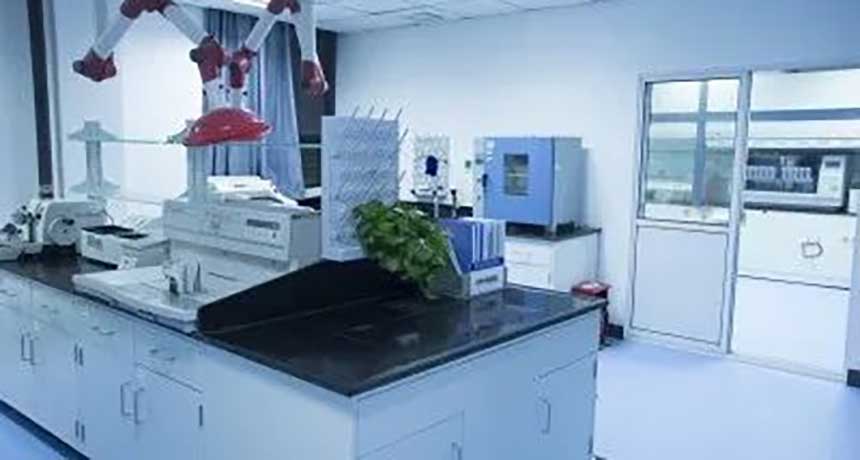In the
operating room, the
anesthesia machine is a vital piece of equipment that is responsible for providing appropriate anesthesia to patients to ensure their safety and comfort during surgery. However, the operation of anesthesia machines involves complex technologies and strict operating procedures, and any carelessness may cause serious consequences to the patient. Therefore, when using an anesthesia machine, medical staff must strictly abide by the operating specifications and take safety measures to ensure the smooth progress of the operation and the safety of the patient. The following are things you need to pay attention to when operating an anesthesia machine in the operating room:
1. Preparation for anesthesia
Before anesthesia, the anesthesiologist must arrange for the patient to undergo various necessary physical examinations to determine whether the patient is suitable for preoperative anesthesia. Common examination contents mainly include: patient's blood routine, urine routine, four coagulation tests, liver and kidney function, electrolytes, electrocardiogram and chest X-ray, etc. Based on the examination results, it is decided whether the patient needs to undergo other examinations in the future: pulmonary function, cardiac color ultrasound, etc. This series of examinations is mainly to understand the patient's basic physical condition and avoid other negative effects caused by anesthesia.
Before anesthesia surgery, attention should be paid to changes in the patient's mental state. Most patients have fear and resistance to anesthesia. Therefore, before anesthesia is performed, the anesthesiologist should explain the safety and reliability of anesthesia to the patient, gain the patient's trust, and avoid the patient's tolerance to anesthesia and surgery due to excessive emotional stress and excessive central nervous system excitement. If some patients are unable to control their nervousness, the anesthesiologist can give them a certain dose of diazepam to help them calm down.
The diet of patients receiving anesthesia should be controlled before anesthesia, because during the anesthesia process, the patient loses consciousness and is prone to vomiting and other symptoms, which in turn can lead to life-threatening aspiration pneumonia. In addition, during the operation, the patient's physical signs are in a state of fluctuation. The anesthesia method may be temporarily changed according to the changes in vital signs and the needs of the operation. Therefore, fasting and water deprivation should be strictly carried out for a certain period of time before anesthesia. .
For patients who smoke and drink alcohol, they must quit smoking and drinking before anesthesia. Before anesthesia is given to patients with long-term alcoholism, the anesthesiologist must adjust the dose of the anesthetic according to professional indicators to avoid insufficient anesthesia.
If the patient takes antihypertensive and lipid-lowering drugs, he or she can take the drugs with a small amount of boiled water on the day of surgery, but the anesthesiologist should be informed in advance. In addition, before anesthesia is performed, the anesthesiologist should inform the patient to empty his or her bowels before the operation, dress simply, and not wear decorative items, and the anesthetized patient must be accompanied by family members.
2. Strictly follow the operating procedures
Before using an anesthesia machine, medical staff must be familiar with the operating procedures of the anesthesia machine and the use of related equipment. During the operation, the operation manual and specifications must be strictly followed, and parameters or operating procedures must not be changed at will to avoid accidents.
3. Check equipment and gas supply lines
Before using the anesthesia machine, the equipment must be thoroughly inspected to ensure that all components are intact and functioning properly. At the same time, check whether the gas supply pipeline and breathing circuit are smooth to ensure normal gas delivery and breathing functions.
4. Debugging equipment and detection functions
Before starting the operation, the anesthesia machine must be debugged and functionally tested. Through simulated operation and self-test functions, it is ensured that all functions of the anesthesia machine are normal and can meet the needs of surgery, and possible problems can be discovered and eliminated in a timely manner.
5. Ensure air supply and respiratory control
During the operation, the accuracy and stability of air supply and respiratory control must be ensured. Medical staff need to closely monitor the patient's breathing and adjust breathing parameters in a timely manner to ensure that the patient's oxygen supply and carbon dioxide output are at normal levels.
6. Regularly inspect and maintain equipment
Anesthesia machines are high-precision equipment that require regular inspection and maintenance to ensure the normal operation and safety of the equipment. Hospitals should establish a sound equipment maintenance system, conduct regular inspections and maintenance of anesthesia machines, and replace aging parts in a timely manner to ensure the stable performance and reliability of the equipment.
7. Prepare and handle emergencies
In the process of using an anesthesia machine, it is inevitable to encounter some emergencies, such as airway obstruction, apnea, etc. Medical staff must prepare for and handle emergencies, master correct first aid skills and operating methods, and take timely and effective measures to ensure the safety of patients.
8. Improve operational skills and expertise
The operation of anesthesia machines requires certain professional skills and rich clinical experience. Medical staff should continuously improve their operational skills and professional knowledge, participate in relevant training and learning, maintain technical proficiency and acuity, and improve their ability to protect patients' safety.
In the operating room, the operation of the anesthesia machine is a very important task, related to the patient's life safety and the smooth progress of the operation. Medical staff must strictly abide by operating regulations, take safety measures, ensure the safety and success of operations, and provide patients with high-quality medical services.






